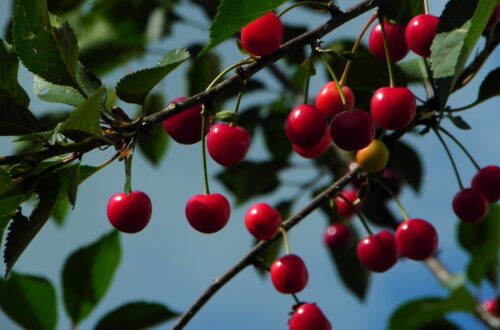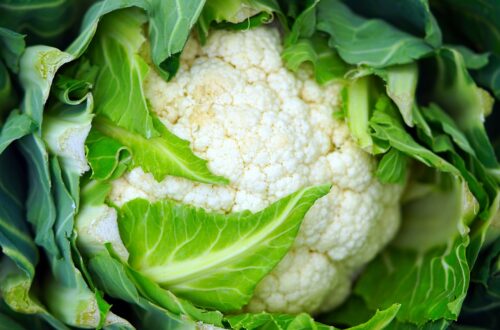12 Reasons Why Apples Drop Prematurely
Have you ever walked through your orchard, excited to see your apple trees bearing fruit, only to find apples on the ground before they’re fully ripe? If so, you’re not alone. Premature apple drop can be frustrating, especially when you’ve put in so much effort. Fortunately, understanding the causes can help you prevent this issue and ensure a bountiful harvest. Let’s uncover the reasons behind premature apple drop and what you can do to keep your apples hanging on until they’re perfectly ripe.
1. Poor Pollination
One of the most common reasons apples drop prematurely is poor pollination. If flowers aren’t adequately pollinated, the fruit may form but often falls off before it fully develops. Insects like bees play a crucial role in pollinating apple blossoms. Without them, fruit development is incomplete, leading to early drop. To improve pollination, consider planting other flowering plants nearby that attract bees, and avoid using pesticides during the blooming period.
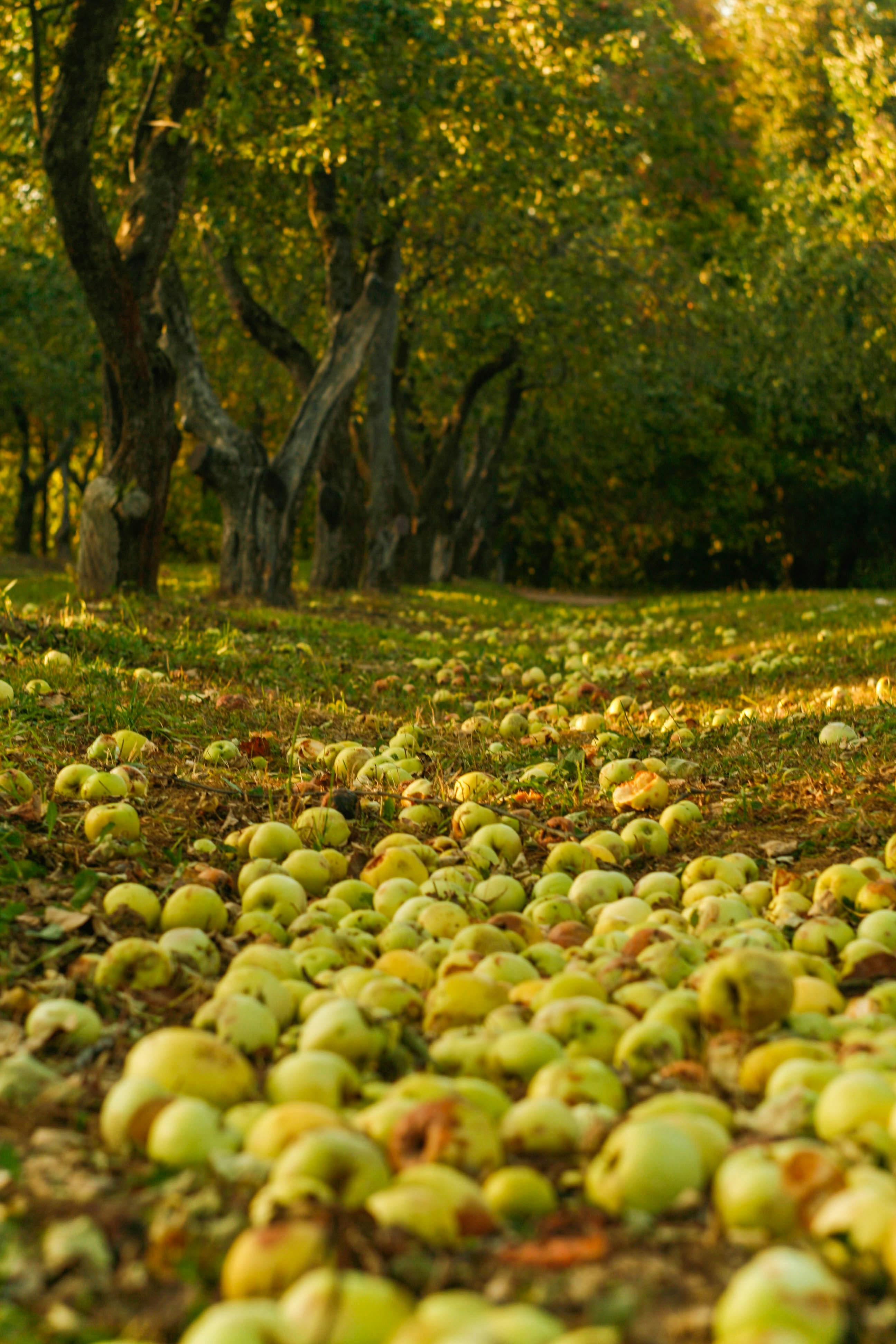
2. Natural Thinning
Apple trees often undergo a process known as natural thinning, where they shed some of their fruit. This happens because trees sometimes produce more fruit than they can support. The result? They drop a portion of the fruit to focus their energy on the remaining apples. Natural thinning is common in late spring to early summer. While you can’t completely prevent it, you can help manage it by manually thinning the fruit early on, leaving enough space between apples for proper growth.
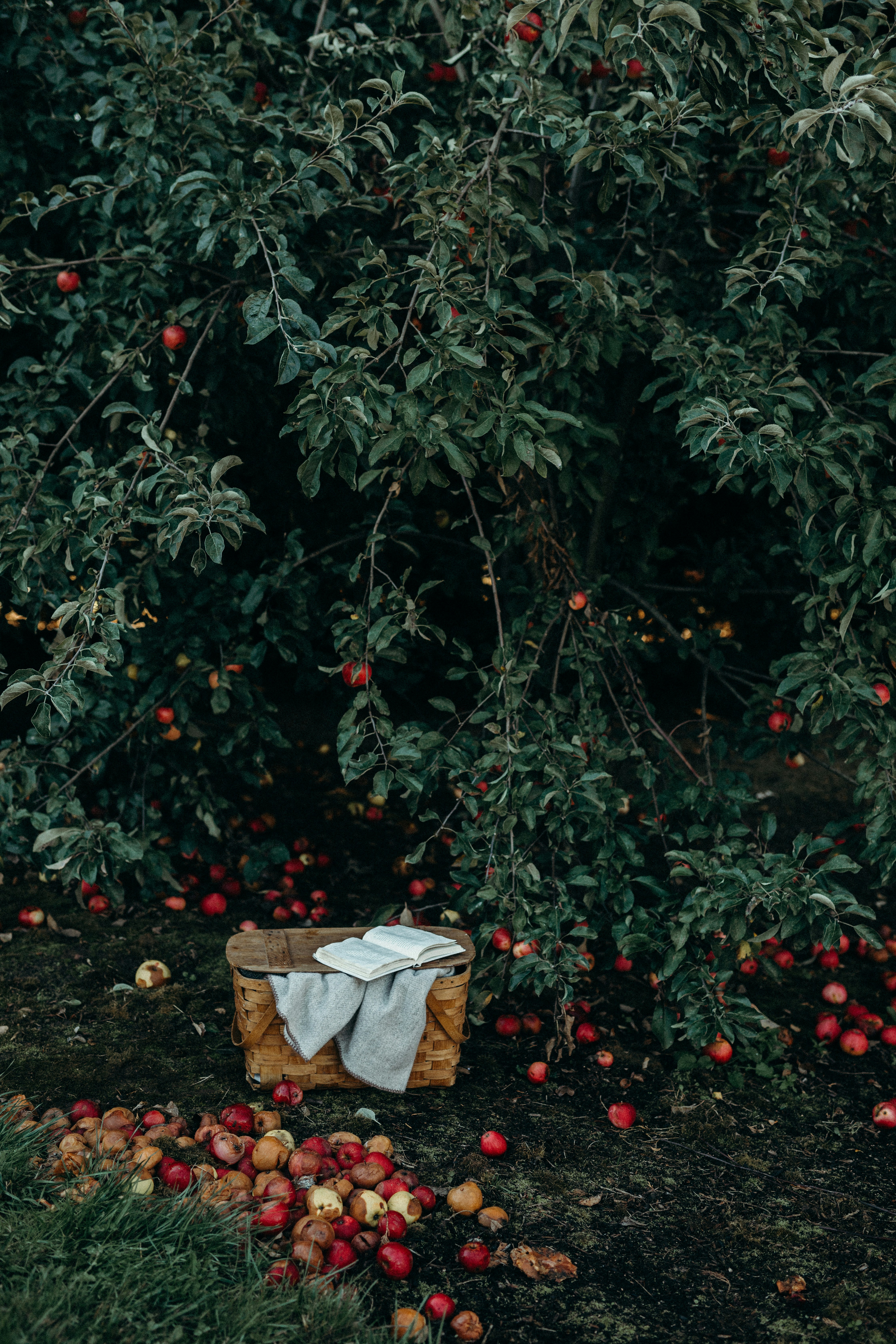
3. Overcrowding of Fruits
Similar to natural thinning, overcrowding on the branches can lead to premature apple drop. When too many apples cluster together, the tree struggles to provide sufficient nutrients to each fruit, leading to some falling off. Proper thinning at an early stage ensures that the tree can nourish the remaining fruits. Ideally, there should be about 6 inches between each apple to prevent competition and reduce the risk of premature drop.
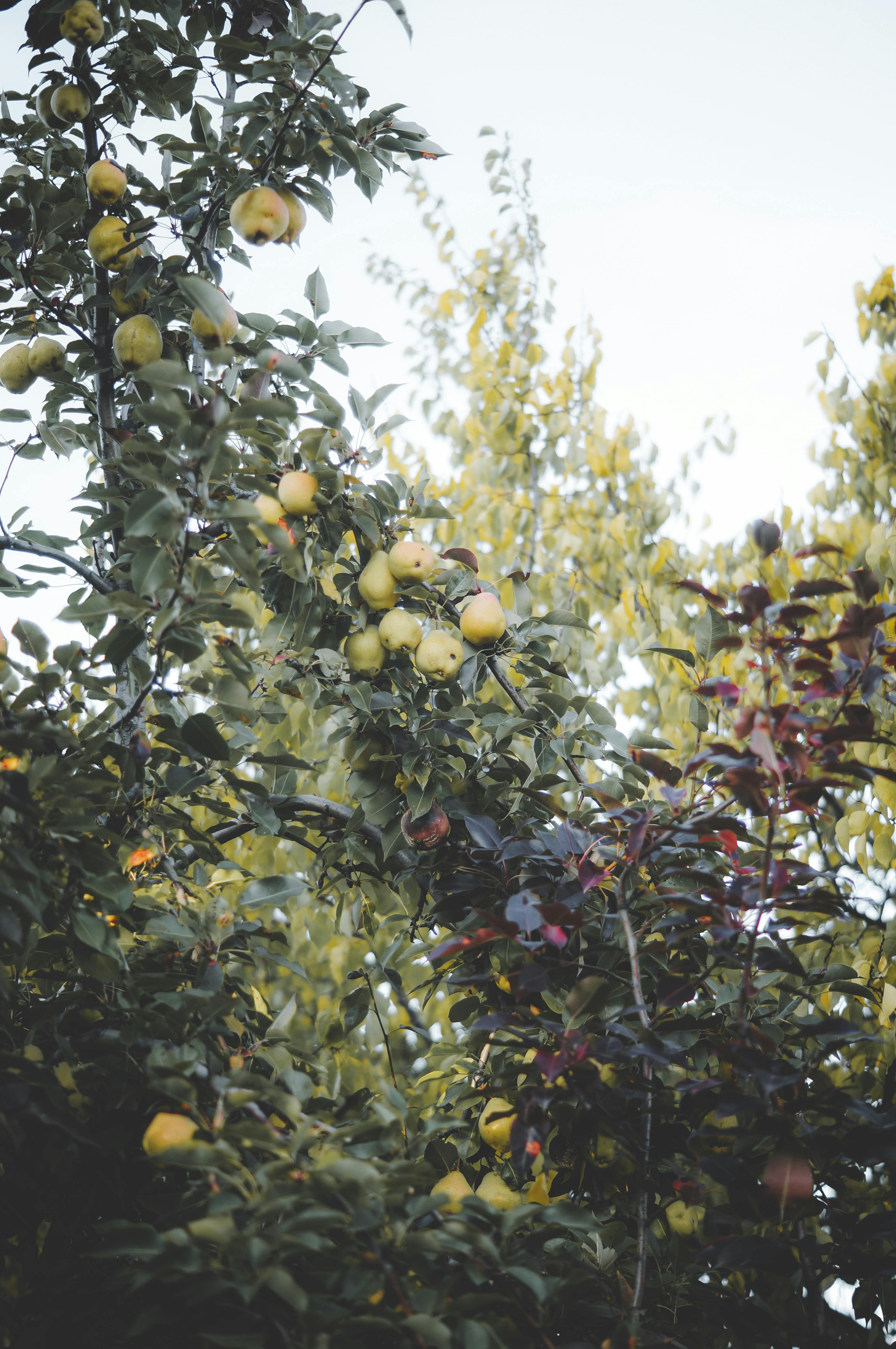
4. Lack of Water
Water stress is another major factor contributing to apple drop. If your apple tree is not receiving enough water, especially during dry spells, it may shed its fruit to conserve moisture. Apple trees need consistent watering, especially during hot summer months, to maintain healthy fruit development. Be sure to water your trees deeply, ensuring that the soil around the root zone stays adequately moist.
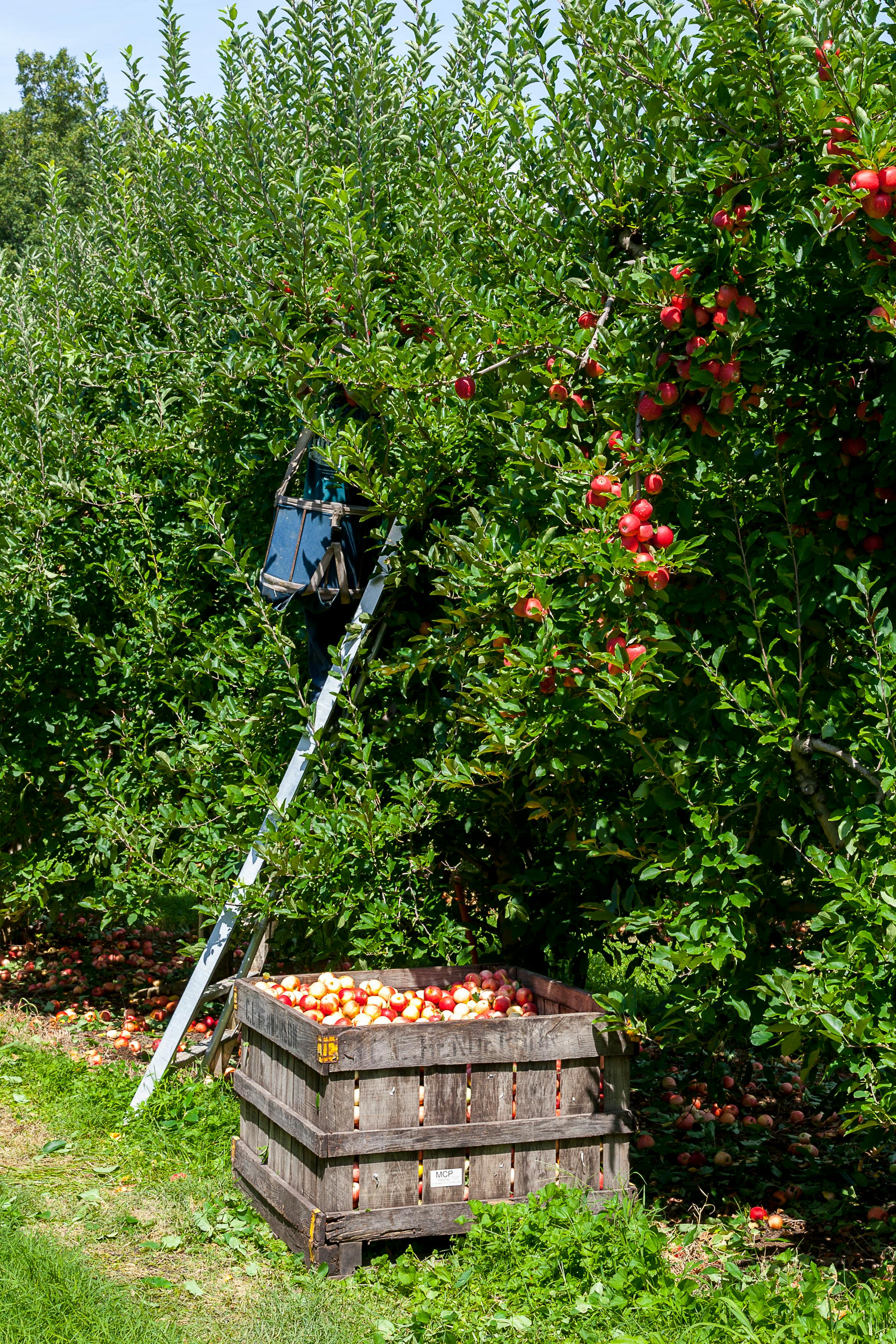
5. Nutrient Deficiencies
Nutrient imbalances, particularly a lack of potassium or calcium, can lead to apples dropping before they ripen. Potassium is essential for fruit development, while calcium helps maintain fruit firmness and structure. If your soil is lacking in these key nutrients, your apple tree may respond by shedding fruit. Conducting a soil test can help you identify any nutrient deficiencies, allowing you to adjust your fertilization practices accordingly.
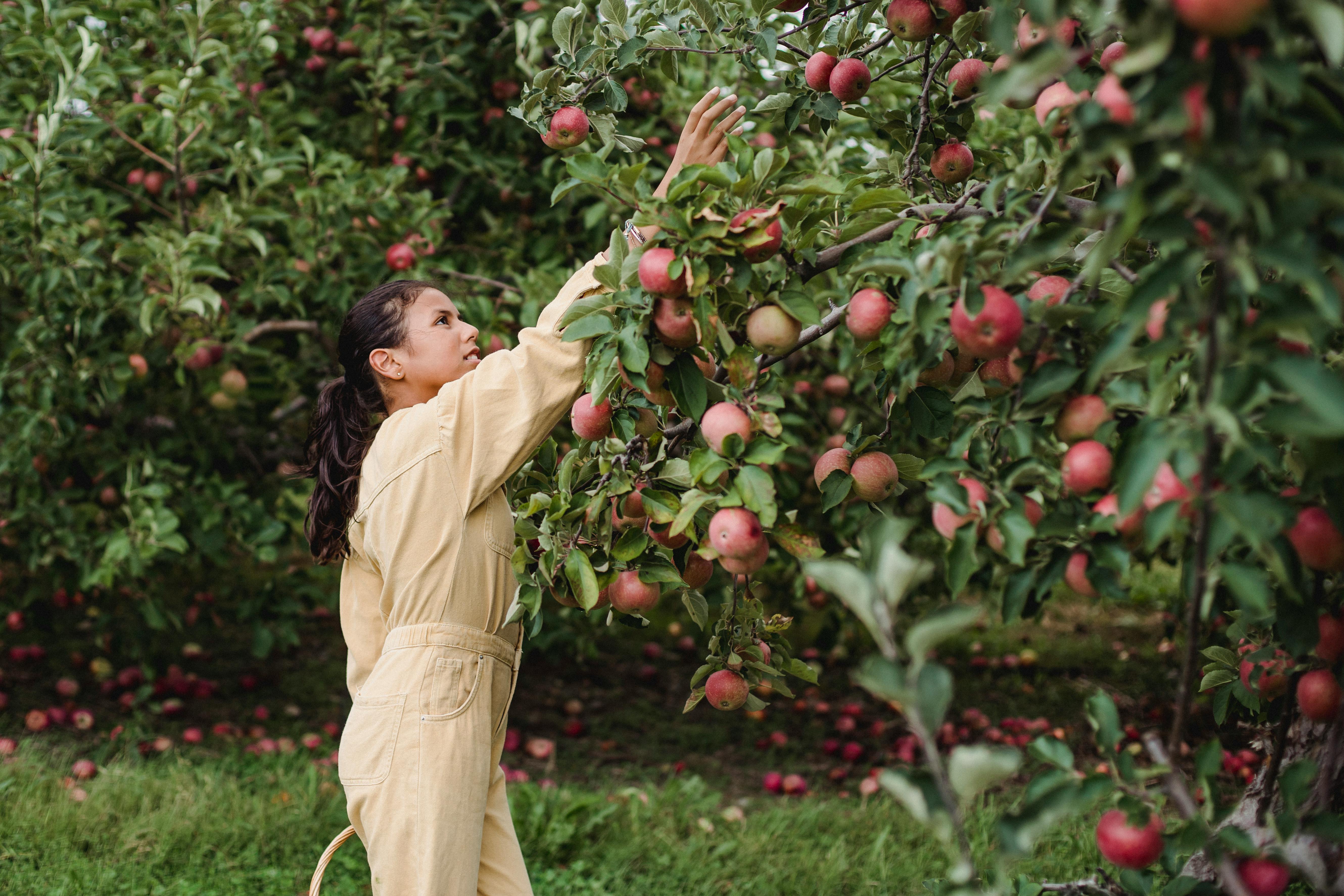
6. Pest Infestations
Insects and pests such as apple maggots and codling moths can infest your apple tree and damage developing fruits. These pests often burrow into the apples, causing them to rot from the inside. As the fruit deteriorates, it falls prematurely. Regularly inspect your trees for signs of pests, and use appropriate treatments like traps, natural predators, or insecticidal sprays to manage infestations.
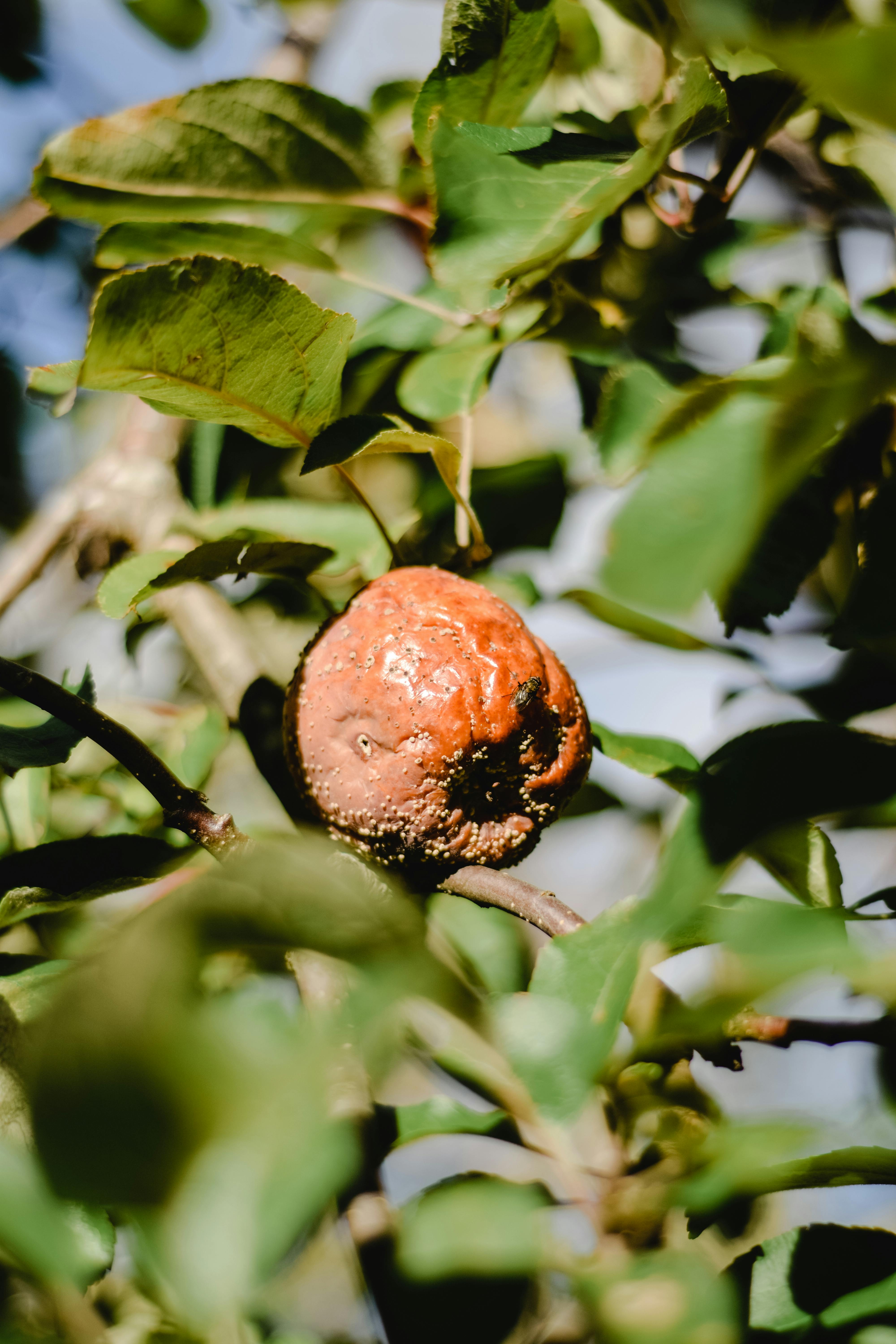
7. Disease Issues
Diseases such as apple scab and powdery mildew can weaken fruit development and lead to early drop. These fungal infections can affect the leaves, stems, and fruits, reducing the tree’s ability to produce healthy apples. Managing diseases requires proper care, such as pruning for good air circulation, removing diseased leaves, and applying fungicides when necessary. Healthy trees are less likely to suffer from premature fruit drop due to disease.

8. Weather Extremes
Extreme weather conditions, including high winds, hail, or sudden temperature changes, can cause apples to fall off the tree before they mature. Strong winds can physically knock fruit off the branches, while cold snaps during the growing season may damage developing fruit. While you can’t control the weather, providing shelter through windbreaks and using frost cloths can help protect your trees during extreme conditions.
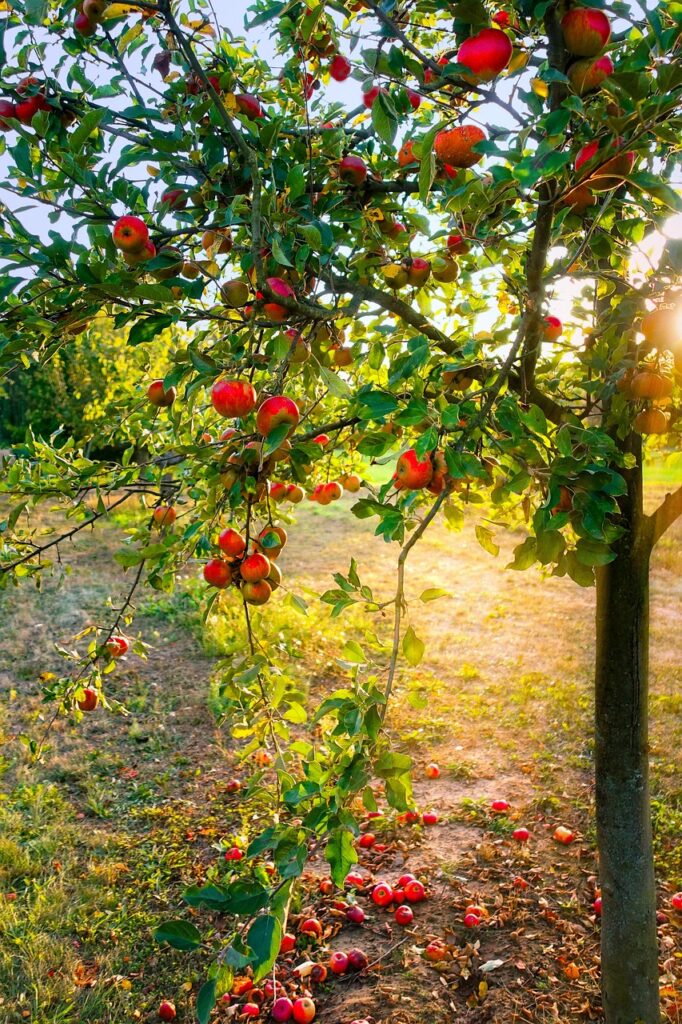
9. Poor Pruning Practices
Improper pruning can lead to weak branches, which may not be able to support the weight of developing apples. When branches are too thin or not properly shaped, they may break or bend under the weight of the fruit, leading to early apple drop. Regular pruning helps promote strong, well-structured branches that can support a full crop of apples. Make sure to prune your apple tree in late winter or early spring, focusing on removing weak or crossing branches.

10. Hormonal Imbalances
Apple trees rely on a balance of plant hormones to regulate fruit growth and retention. If there’s a hormonal imbalance, particularly a lack of auxins, the tree may shed its fruit prematurely. This can happen due to environmental stress, nutrient deficiencies, or even pest damage. Using a plant hormone spray, such as one containing gibberellins, can help maintain the right hormonal balance and reduce the risk of premature apple drop.
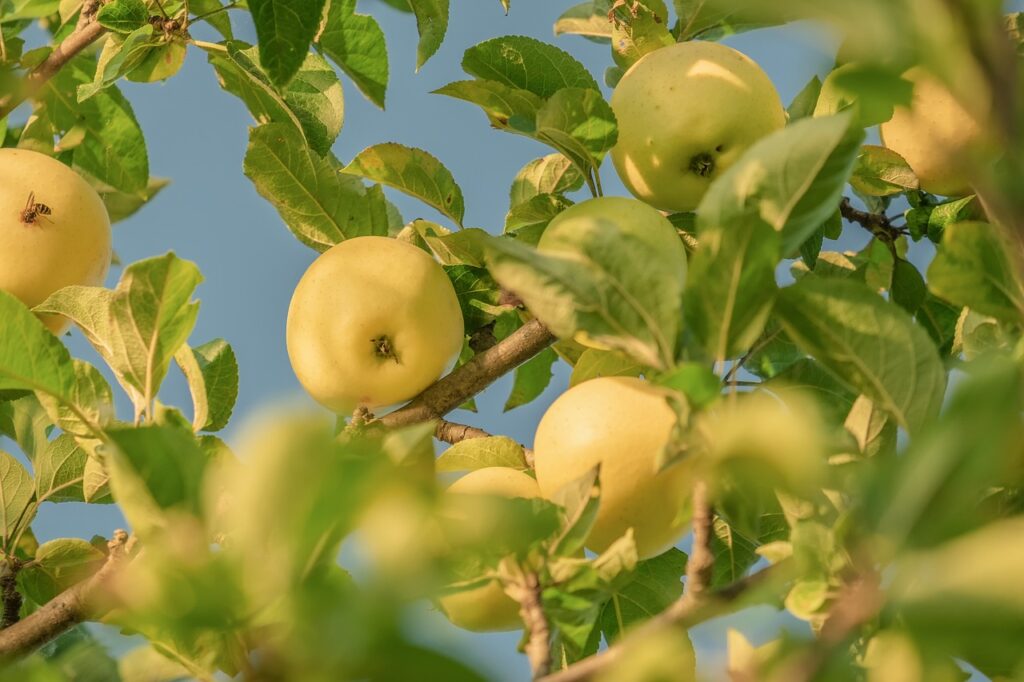
11. Tree Age
Young apple trees often drop their fruit prematurely as they focus their energy on growing rather than producing fruit. It can take several years for a newly planted apple tree to become fully established and capable of bearing mature fruit. In contrast, older trees may drop fruit if they are overburdened or not receiving proper care. Patience and appropriate tree care will ensure that your tree eventually reaches its full fruit-bearing potential.
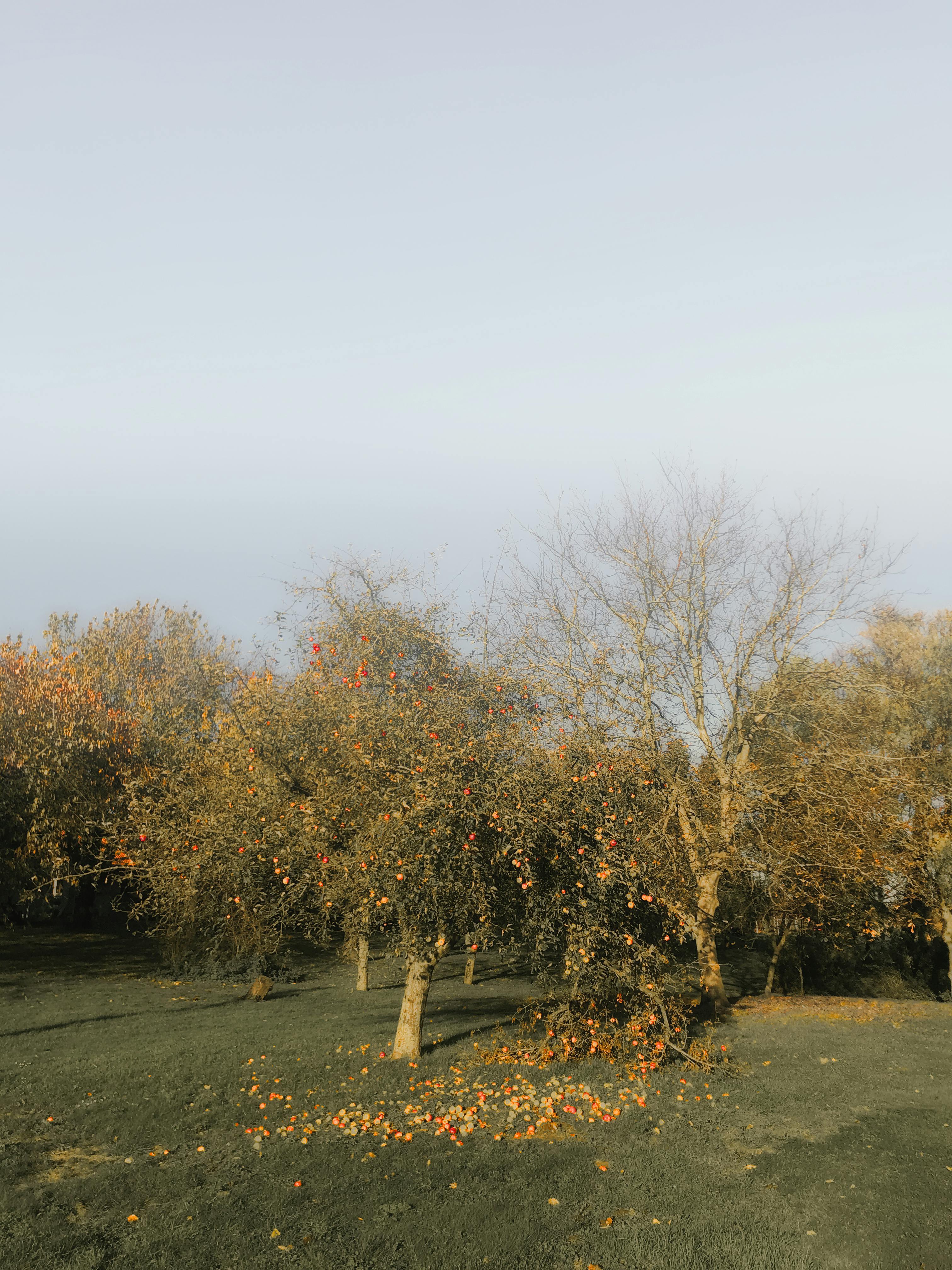
12. Root Damage
Damage to the root system, whether from physical injury, disease, or improper planting, can cause apples to drop early. The roots are responsible for absorbing water and nutrients, so when they are compromised, the tree struggles to maintain fruit production. Avoid damaging the roots when planting or working near the base of the tree, and keep an eye out for signs of root rot or other issues that could affect the tree’s health.
Premature apple drop can be caused by a variety of factors, ranging from poor pollination to pest infestations and nutrient deficiencies. By understanding the underlying reasons, you can take action to address the issue and help your apple trees produce a healthy, bountiful harvest. Keep an eye on your trees, provide the right care, and soon you’ll be enjoying fully ripened apples straight from your orchard.


